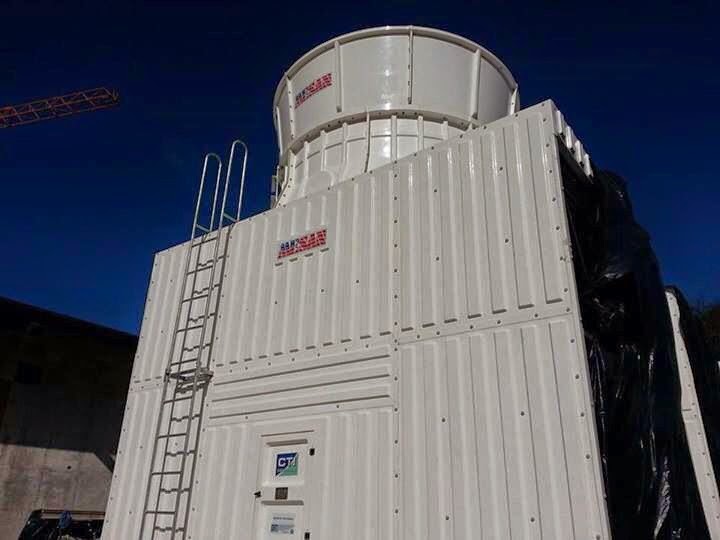Hi Top 8 Recommendations For Keeping Your Cooling Tower Clean.!

It’s time to start thinking about cooling tower maintenance again. The top two reasons we bring up this topic at least yearly is because a dirty cooling tower;
1) affects system performance and 2) can affect occupant health.
We often discuss the seriousness of Legionnaires’ disease, and a cooling tower’s role in the transmission of Legionella pneumophila, the bacteria that causes the disease.
The Occupational Safety and Health Administration (OSHA) recommends visual inspection and regular maintenance as the best ways to control the growth of organisms in a cooling tower.
The organization discourages the use of water quality measurements (total bacterial counts, total dissolved solids and pH) to monitor Legionnaires’ disease bacteria (LDB) levels.
Here are more of OSHA’s top recommendations for keeping your facility’s cooling tower clean and free of LDB:
- Use chemical biocides to control microorganisms.
- Keep sump water around 68°F or lower.
- Inspect the cooling tower equipment monthly.
- Clean and disinfect your facility’s cooling tower quarterly or twice a year if the unit is not in operation year-round. It’s important to clean it at the beginning of each cooling season and after it’s shut down in the fall.
- Systems with high levels of LDB may require more cleaning.
- Clean and disinfect systems any time they are out of service for an extended time.
- Clean and disinfect new systems to remove any construction material residue.
- Keep detailed records showing all dates and details of operations and maintenance, a description of the operating system, and procedures for operation and maintenance including the use of any corrosion inhibitors, biocides, or other chemicals.
You can read the complete list of cooling tower maintenance recommendations from OSHA here.
- "The process of cleaning your facility’s cooling tower used to require a total shut down, but that’s no longer the case. All cleaning may be completed while the tower is still online."
Click Here To View Mesan Group Cooling Towers Homepage.






